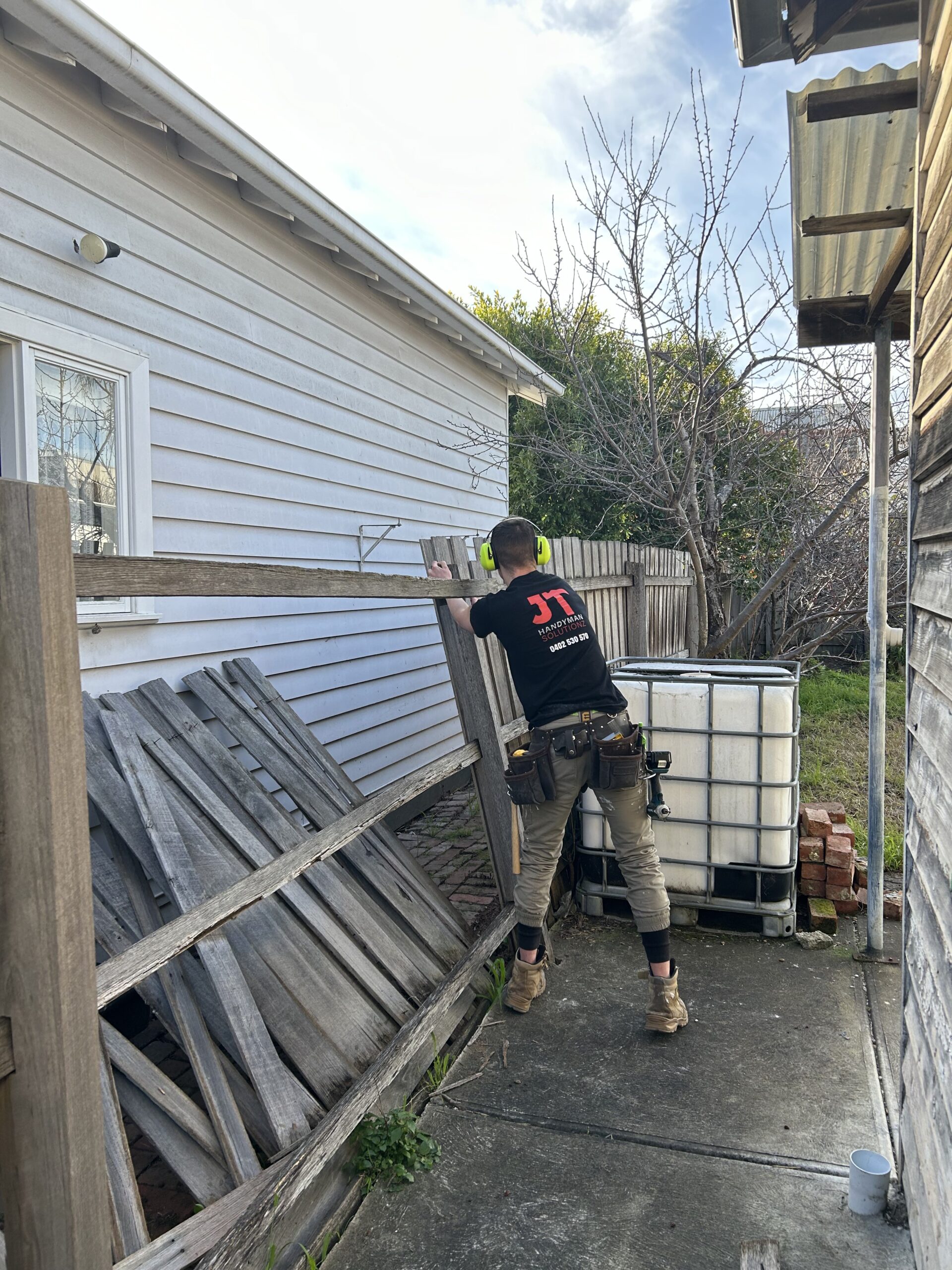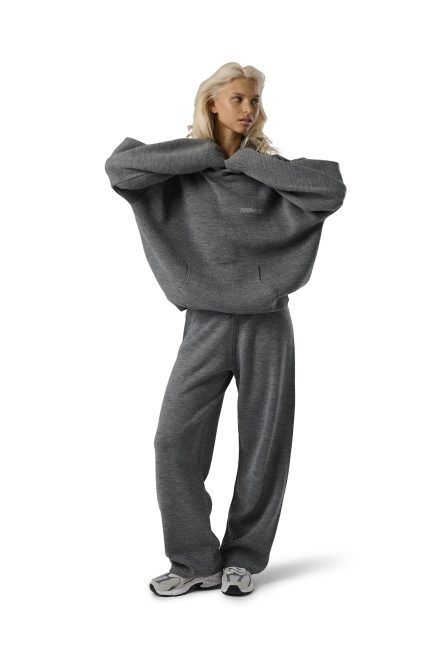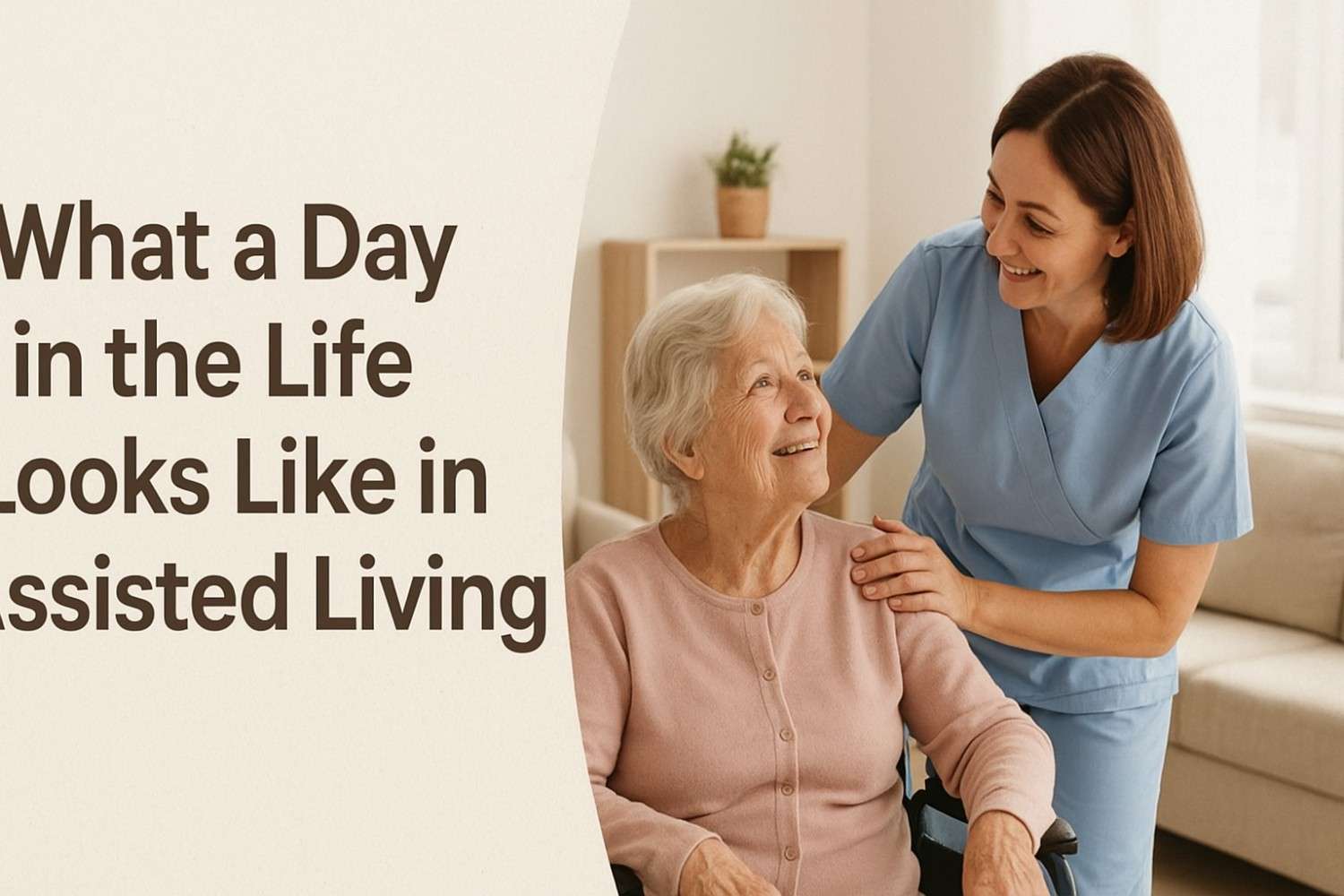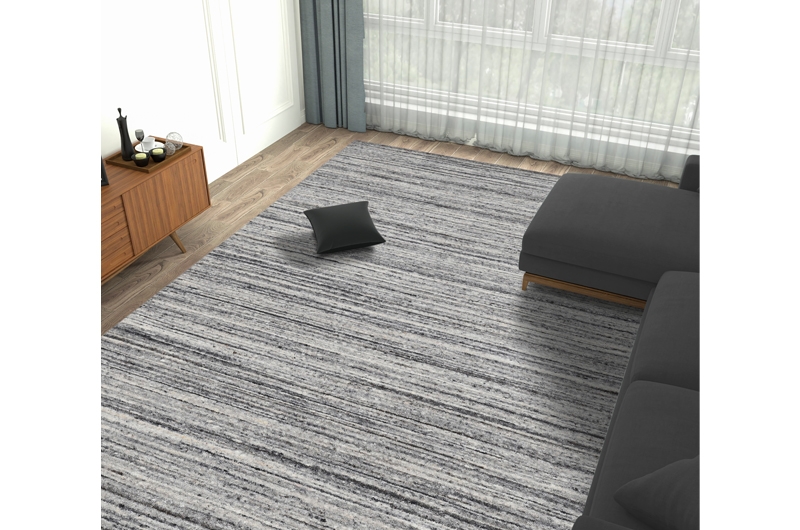We often hear from families: “But what really happens every day in assisted living?” So today, we invite you to come along—for one full (fictional, composite) day in the life, through the eyes of residents, caregivers, and all the small in-between moments that don’t make the sales brochure. (Spoiler: there is coffee. Many, many repeats of coffee.)
We write with affection, a dash of humor, and a little wry realism—because if we can’t laugh at ourselves in senior care, well, then what are we doing here?
Morning: Waking Up (Again) & The Great Coffee Hunt
The alarm goes off. No, it’s not really an alarm clock—just Mrs. Gupta’s gentle “Good morning, dear,” delivered by staff, along with the day’s weather (always a topic). We like to say that waking up in assisted living is like rising on a boat: there’s a slight sway of routine, but someone’s always nearby to steady the course.
Residents begin stirring—some earlier than others. Mr. Chen opens one eye, mutters something about “Where’s my slippers?” and gradually comes to life. We help with the morning routines: brushing teeth, washing faces, combing hair (and, yes, reminding folks to put on their hearing aids). We often say that mornings in assisted living are about restoring dignity before breakfast—helping someone button their shirt rather than doing it for them.
Breakfast is served in the dining hall (unless someone prefers tray service). There’s always a bit of chatter—“Did you see the sunrise?”—and a line at the tea station. I’ll always remember one morning when Mrs. Patel insisted on rearranging the salt and pepper shakers on her table in perfect symmetry. We let her—her sense of order is calming to her.
After breakfast, there’s often a quick check-in: vital signs, medications, any overnight incidents. The paperwork never stops (we joke it’s like a novel: endless pages, surprising twists). Then the staff splits off—some to assist with toileting or mobility routines, others to prepare for the day’s activities.
Mid-Morning: Activities, Visits, and Small Triumphs
By 10 a.m., halls begin to hum. Some residents head to the activity room for arts & crafts; others attend a simple chair exercise class. We always like to slip in something unexpected—last week, we introduced “balloon volleyball” (okay, more balloon gentle toss) and were surprised when half the group declared themselves Olympic hopefuls.
Meanwhile, caregivers do rounds: helping with hygiene, assisting with showers, offering hair styling, helping with spelling the names of grandchildren in letters. (Yes, we encourage letter writing—you’d be amazed how many letters grandparents and grandchildren have yet to send.)
A favorite anecdote: I once watched Mr. Alvarez, whose hip is somewhat balky, slowly inch his way to the activity room so he could hear the old Beatles tunes. The sparkle in his eyes when “Hey Jude” came on: priceless. That’s why we do what we do.
Between these hubs of activity, there are quiet moments: residents who prefer reading in the nook, listening to radio, doing crosswords, or simply gazing out the window (sunlight is underrated). Staff double as conversation partners; sometimes we’ll pause by a window and mention the birds outside, and that’s enough—there’s comfort in noticing.
We often transition the morning into midday by reminding folks: “In about an hour, lunch is coming—so if you need help, speak up early.” (Yes, we plan even the transitions.)
Noon: Lunch, Social Time, and the Gentle Pause
Lunch is a communal affair. We purposely seat people in rotating tables—so acquaintances become friends, and stories move around like sunshine. The menu is carefully crafted (nutrition, preferences, religious needs) but with room for favorites. One day we serve masala dosa for a few folks who asked; the next day, it’s something more conventional. (Flexibility is our friend.)
After lunch, there’s a natural lull. We call it “the Great Pause.” Some folks nap. Others stroll the garden (weather permitting). Some ask for help reading mail. We staff are always alert: someone may need a toileting reminder, or a sip of water, or simply a hand to steady their walk.
This is when a lot of the emotional work shows up—residents reflecting, missing a spouse, wanting a phone call from a family member. We train ourselves to be listeners first. In one such moment, Mrs. Williams mentioned she forgot the name of her first pet. Together, we wandered memory lanes, teased out fragments, and eventually she smiled and said, “It was Buster.” We wrote that down. (Because memory is sacred, and we keep little records.)
Between the naps and walks, there’s often “open time” in the lounge—tea cart rolling by, puzzles, casual music, impromptu visits from family. We also sometimes host “pop-up” mini events: an ice-cream cart, or someone playing harmonium in the hall.
Afternoon: Therapies, Personal Care, and Connection
By 2 p.m., therapy or care rounds resume. Physical therapy, occupational therapy, speech if needed. We assist with turning in bed, repositioning, range-of-motion exercises. Our motto (ok, one of them) is: “Help as much as needed, but challenge as much as possible” — because maintaining capacity is as important as providing help.
Some residents want grooming: manicure, hair wash, simple styling. Others choose to chat in groups: “What did you read recently?” is a favorite segue. We staff sometimes take turns joining small clusters—listening more than speaking.
Meanwhile, families may visit—some stay a few minutes, some linger. We encourage family presence (flowers, reading, games) but we also coach boundaries: too much fatigue is not good, either.
This is often a transition time to the evening. We’ll announce: “In an hour, dinner” (yes, we really time it). We begin light cleaning, preparing the rooms (coffee cups cleared, medications lined up). And often someone says: “Can someone bring me a cup of tea before dinner?” We do.
Evening: Dinner, Games, Quiet Reflection
Dinner is again communal (for those who come), sometimes with a theme (Mexican night, soft music in corner). Conversation is lighter in the evening: reminiscing about youth, travel, children, old jokes. Sometimes we project old film clips—black & white movies are often requested (they remind people of earlier times).
After dinner, we host gentle activities: Bingo (oh yes, Bingo), trivia, storytelling, sing-alongs. One evening I watched as a resident recited lyrics to a hymn I’d never heard; twenty others started to join in (off-key, but full voice). That’s community.
By 8 p.m., we begin winding down. People retreat to rooms to read, pray, watch TV, or chat with roommates. Staff do evening rounds: check vitals, toileting, pain, night care. Night medications, water by bedside, lights dimmed.
Before sleeping, we often pause: “Is everything okay? Do you need anything?” That question—said sincerely and slowly—can make all the difference. Because sometimes the night is when fears or loneliness creep in, and having someone there (or at least the habit of presence) matters.
Night: Rest, Vigilance & The Quiet Hours
Once most are asleep, the quiet hours begin. Staff remain vigilant: nocturnal checks, responding to call lights, listening, ensuring safety, tending to needs. We say that assisted living is like a delicate night watch: visible, but unobtrusive; present, but gentle.
Sometimes we get early risers. Sometimes someone needs reassurance in the dark. We handle with calm voices and steady hands. Sleep is precious.
Behind the Scenes: What You Won’t See in a Brochure
- Coordination & logistics. Meal planning, medication management, staff scheduling, safety checks, equipment maintenance. A lot happens behind the scenes.
- Unexpected events. “Someone fainted in the hallway,” “there’s a plumbing issue,” “power goes off momentarily”—and yes, we have to pivot.
- Emotional labor. Listening to loss, grief, confusion, fear. Holding space when someone cries. Celebrating when someone laughs.
- Continuous adjustment. Each resident’s needs change. A cane today, a walker tomorrow. Reassess, adapt, iterate.
- Moments of magic. Spontaneous laughter, friendships forming, a resident mastering a puzzle, a family visit that lingers past dinner—those are what we live for.
A (Small) Personal Observation
We notice, over time, that residents’ rhythms sync with the building. The light in the morning, the quiet hum at noon, the lull of the afternoon, the crescendo of evening laughter. The walls wear memories. We (the staff) sometimes feel like custodians—not of bricks and mortar, but of dignity, warmth, continuity.
I’ll never forget when Mrs. Singh, usually quiet, asked me, just before dinner, “Whatever happened to all those stories I used to tell my grandchildren?” I told her I’d help her record them. A week later, she read to a group in the hallway. That moment made every late night, every paper shuffle, every extra walk worth it.
Typical Transitions (Because Yes, Even We Use Them)
- Speaking of routines,
- In that same spirit,
- By mid-afternoon (as one does),
- Moving from care to connection,
- As evening draws near,
- In that quiet stretch before sleep,
These are our segues—and we use them for a reason. They mirror the gentle pacing here.
Final Thought
We’ve walked through one “typical” day (though no day is ever truly typical) in assisted living. It’s a mosaic of routines, surprises, care, companionship, quiet, laughter, and gentle vigilance. If you’ve come this far, we hope you feel closer to what life really looks like for residents and caregivers in communities like Senior Care Living Assistance Maryland (or your local equivalent).
In the end, assisted living isn’t just about care—it’s about living, with all the small textures and rhythms that bring human life its fullness. We hold that honor (and that responsibility) lightly—but also fiercely.
Until next time (and yes, there will be next time), we remain hopeful, respectful, and always mindful that every resident has a story to tell.
—Your team at Senior Care Love
FAQs: What Families & Prospective Residents Ask
Q: Isn’t assisted living just like a nursing home?
A: No. Assisted living is designed for people who need help with daily tasks (not full medical care) but still want autonomy, social connections, and a meaningful life. Think “supportive home,” not hospital ward.
Q: Can residents come and go (e.g. for appointments)?
A: Yes—within reason and safety. We coordinate transportation, inform families/staff, and help with mobility. Freedom is important; safety is also non-negotiable.
Q: How many staff per resident?
A: It varies by facility and time of day. Typically more hands in morning and evening when needs peak; fewer at night (but present). We aim for responsiveness without intrusion.
Q: What if someone’s needs increase (e.g. they need more help)?
A: We reassess care plans regularly. If needs grow beyond what assisted living offers, transitions to memory care or skilled care are coordinated. (We plan for that eventual possibility.)
Q: Can family bring in pets, photos, personal items?
A: Absolutely. Personalization matters. Family photos, small keepsakes, soft items, pet visits—all add home, identity, comfort.
Q: What safety measures are in place?
A: Call systems, frequent checks, fall mats, staff trained in emergency protocols, locked exterior access after hours—but always balanced with dignity and choice.







